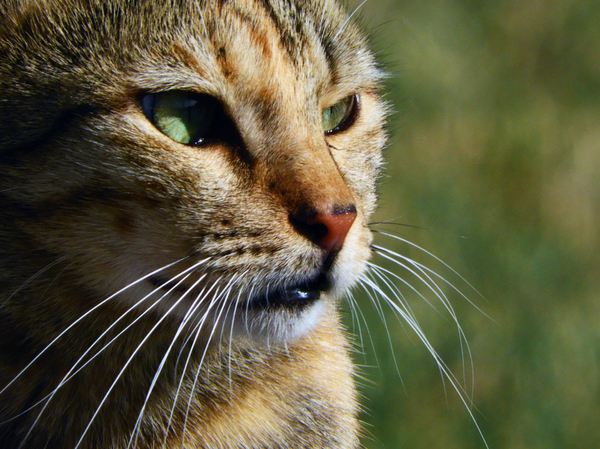Cat Litter: A Requirement or a Benefit?
Cat Litter: A Requirement or a Benefit?
Blog Article

Cat litter and litter boxes play a critical role in the lives of both cats and their owners. From the simple starts of sand and soil to the ingenious advancements of today, the world of cat litter has developed considerably. In this thorough guide, we dive into every element of cat litter and litter boxes, exploring their history, types, advantages, challenges, and whatever in between.
The history of cat litter dates back centuries, with ancient civilizations utilizing sand, soil, and even ashes as primitive litter products. Nevertheless, it wasn't till the mid-20th century that modern-day cat litter as we understand it emerged. In 1947, Edward copyright presented the world's very first business cat litter made from absorbent clay, revolutionizing the way cats relieved themselves indoors. Ever since, cat litter has undergone many improvements, with the intro of clumping litter, silica gel litter, eco-friendly choices, and more.
Today, cat owners are spoiled for choice when it comes to picking the ideal litter for their feline buddies. Conventional clay litter stays popular for its cost and effectiveness in absorbing smells. Clumping litter, which forms strong clumps when wet, simplifies cleaning and upkeep. Silica gel litter, made up of extremely absorbent silica crystals, offers superior smell control and durability. Naturally degradable choices, such as recycled paper, wood pellets, corn, and wheat, appeal to ecologically conscious consumers.
Each kind of cat litter uses distinct advantages. Clay litter stands out in its capability to take in wetness and control smells, making it a reputable choice for lots of cat owners. Clumping litter simplifies day-to-day scooping and cat litter box enclosure extends the time between total litter changes. Silica gel litter provides extraordinary smell control and can last longer between replacements. Naturally degradable litters provide a sustainable option that lessens environmental effect.
While cat litter improves indoor feline hygiene, it is not without its obstacles. Dust from clay litter can present respiratory threats for both cats and humans, triggering the popularity of dust-free options. Some cats might establish litter box aversion due to concerns with texture, scent, or tidiness, requiring experimentation with various litters and box configurations. Multi-cat households may need strategic litter box positioning and frequent upkeep to avoid territorial Wood Cat Litter conflicts and ensure all cats have access to tidy facilities.
Choosing the appropriate litter box is vital for promoting positive litter box routines and total feline well-being. Aspects to consider consist of size, accessibility, and style choices. Covered litter boxes offer personal privacy and help consist of odors, however some felines may find them restricting or intimidating. Open-top litter boxes provide simple access and presence but may lead to more litter scatter. Automatic self-cleaning litter boxes streamline upkeep however require routine tracking and upkeep.
Appropriate litter box maintenance is vital for ensuring a tidy and welcoming environment for both cats and their owners. Daily scooping eliminates waste without delay, reducing smell and discouraging litter box aversion. Routine litter replacement, normally every 1-2 weeks, prevents bacterial buildup and preserves optimum absorbency. Thorough cleaning with moderate Litter Box Liners cleaning agent and water, avoiding severe chemicals that might hinder cats from using the box, must be carried out monthly.
Cat litter and litter boxes play a central role in promoting a healthy and unified relationship in between cats and their human companions. With a varied selection of litter options and litter box designs offered, feline owners have the versatility to customize their options to match their cats' preferences and home needs. By comprehending the advancement, types, advantages, and obstacles of cat litter and litter boxes, pet owners can provide their feline buddies with a comfortable and hygienic indoor environment.